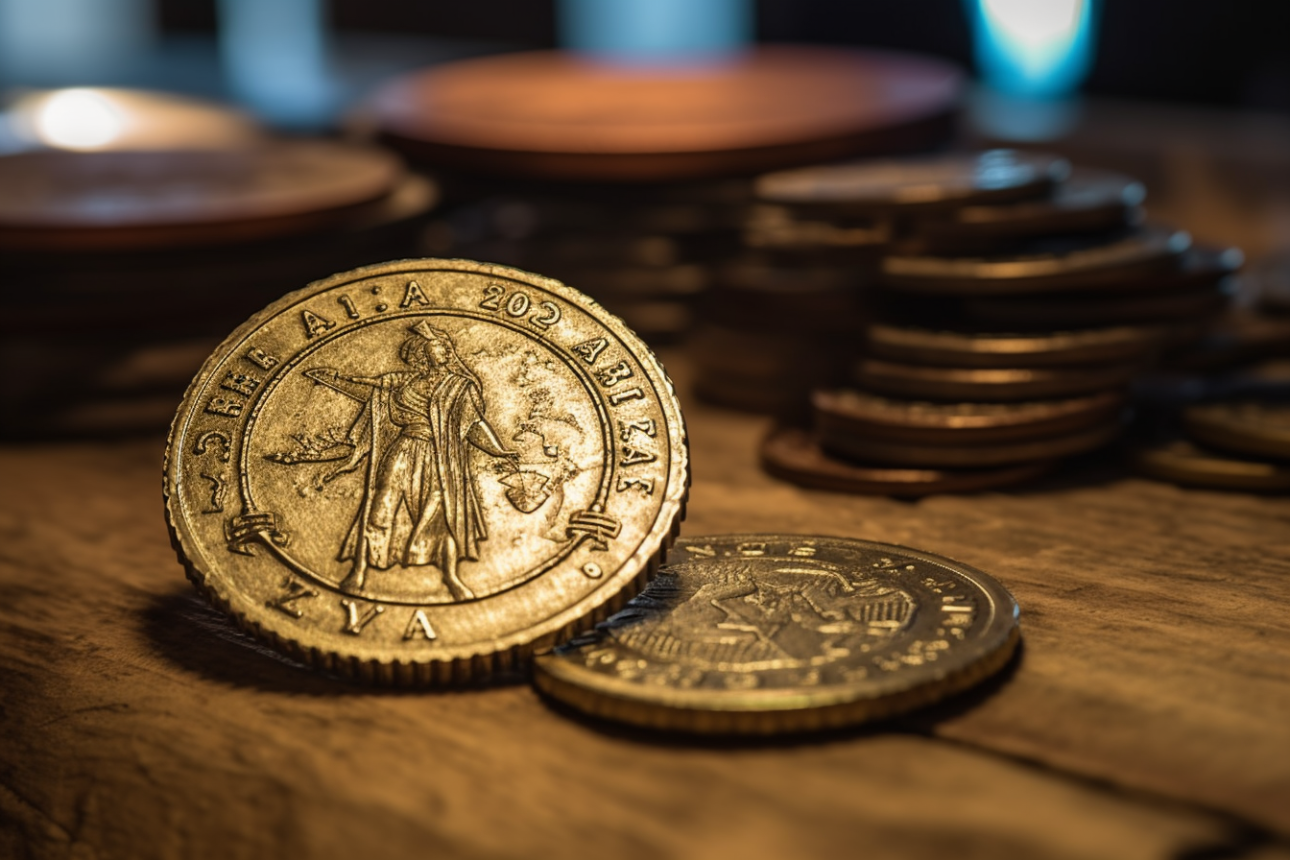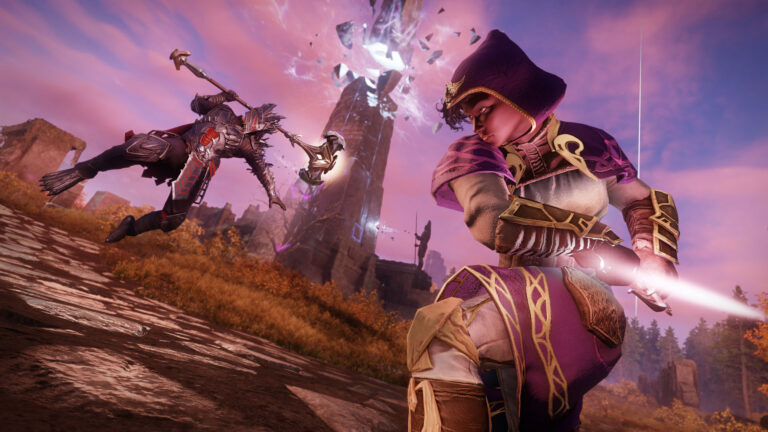In the vast world of New World 2023, where gold holds the key to building powerful characters and thriving in the game, understanding the most effective methods to amass this precious currency is essential. From the early stages to late-game pursuits, this guide outlines various strategies, helping both newcomers and seasoned players navigate the ever-evolving economy of Aeternum.
Why Gold Matters
- Economy and Trading: Gold lets you buy and sell items, gear, and resources, contributing to the game’s virtual economy and allowing trade with other players.
- Progression and Advancement: Earning gold helps improve your character by purchasing better equipment and items that boost combat abilities and skills.
- Crafting and Upgrades: Gold is crucial for crafting powerful gear and enhancing items, aiding your character’s strength in battles.
- Housing and Property: Use gold to own and customize in-game properties, providing personal spaces for relaxation, customization and housing items that can boost your character.
- Prestige and Status: Accumulating gold can signify experience, success, and dedication, elevating your status within the game’s player community.
Table of Contents
Questing, Missions and Town Project Boards
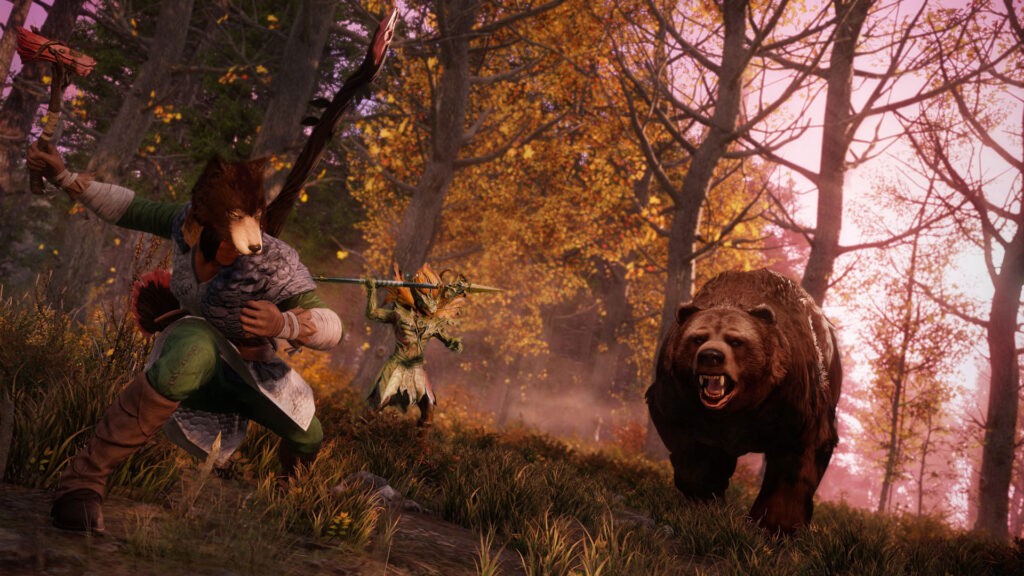
- Main story quest
- Side quests
- Faction missions (faction representative in settlements)
- Town projects (town board)
Complete everything. Yes, it might feel tedious, but it’s the dependable way to make some extra cash. Most, if not all quests, will reward a small amount of gold accompanied by an extra item. If you are doing your quests in tandem with leveling, you will find that those items are valuable for your builds as you progress.
However, if you are circling back to complete quests you never had the chance to finish, don’t expect those items to hold much value. Simply pocket that gold, salvage, and move on to the next. You could sell those items, but I have had a few of those early quest item rewards just sitting in the Trading Post for weeks now. Since the game has progressed and there isn’t an influx of new players as frequently, those items aren’t of much value in the market. The salvaged materials might be more valuable to you in the long run.
Engaging with town projects, found on town boards, not only guarantees gold, reputation, and rewards but also can contribute to your faction’s progression. Consider relocating to a settlement under your faction’s control to maximize the benefits of these projects. By aiding in the development of your faction’s Settlement, you support your own potential by unlocking higher-tier crafting stations.
Completing Daily Faction Quests
Factions become available at level 10 assuming you strictly stuck to the main story missions. Three daily bonuses are at your disposal. By accomplishing three faction quests each day, you can earn approximately 125 gold per quest (the amount might vary based on the specific quests undertaken), resulting in a potential total of around 375 gold.
Moreover, the faction coins you accumulate can be employed to acquire items like ‘Runes of Holding’ or ‘Chunk of Consecrated Iron’ from the faction market. These items can then be sold through the trading post, offering an additional avenue for generating gold.
Level Crafting Proficiency
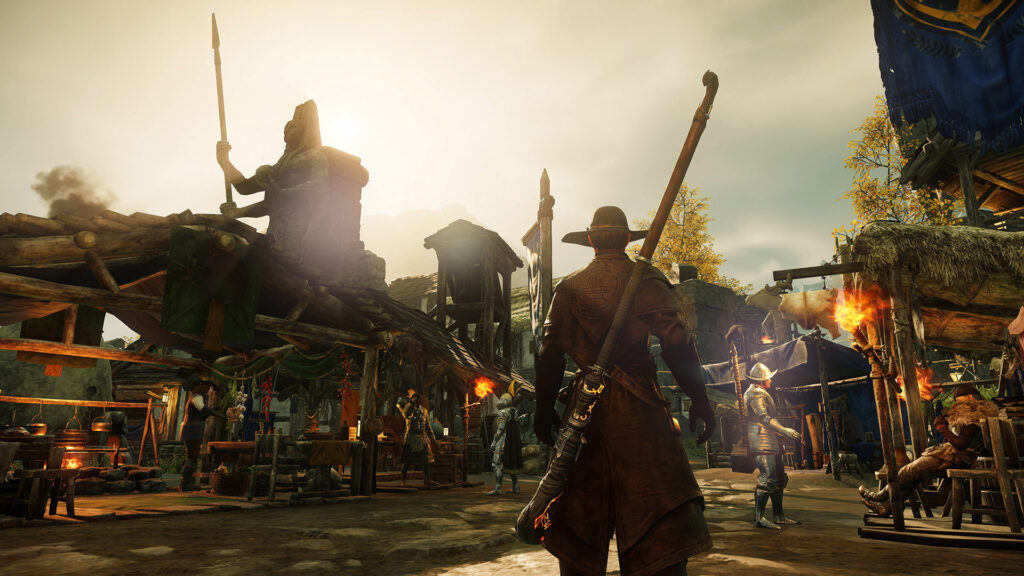
A lot of this game is crafting, and the main reason for needing gold is for that special high damage build. If you are the crafter, there is no need to spend thousands upon thousands of gold to get your build just right. Instead you hold the power to craft what you need to play the game.
Crafting plays a crucial role in New World, and mastering crafting skills can greatly diminish your need for costly gold expenses when seeking particular items. Instead of pouring your gold into ready-made gear, focus on enhancing your crafting proficiency. By doing so, you’ll have the ability to craft those expensive weapons instead of being forced to purchase them.
Expeditions
Upon reaching level 25, Expeditions become accessible (resembling dungeons in their essence). These Expeditions are a prime source of top-notch weapons and gear, offering a substantial haul of valuable loot. You can either equip these items for your own use, break them down for resources, or sell them through the Trading Post.
However, it’s worth noting that things have changed since the game’s launch. Early-game items don’t sell as well in the current setup as they used to, mainly because there aren’t as many new low-level players joining the game now. This results in fewer overall sales opportunities. Therefore, this method is more profitable in the late game.
Seasonal Events (not to be Confused with Seasons)
Take advantage of these unique limited time activities. (My example today revolves around the summertime Medley Fair event.) In addition to providing special tokens and a range of items for you to acquire, the event encompasses daily collectible tents stationed within each settlement. These tents grant you a complimentary basket filled with goodies. You can collect one basket from every settlement on a daily basis, and I’ve seen these baskets drop a good chunk of gold. So, even if you choose not to fully engage in the entire event, it’s worthwhile to visit the settlements you’ve unlocked and collect these baskets. It’s essentially a source of free money.
Selling Early Game Materials in the Trading Post
In the early game, you have the option to sell easily attainable materials. These materials are particularly appealing as they constitute the simplest and often sole resources you gather. This is beneficial because everyone has the capability to acquire them, and they don’t require advanced trading or gathering skills. Elemental Motes, Hemp Fibers, and Iron Ore all belong to the category of resources readily available to everyone. They are also an item that high-level players aren’t particularly out there scavenging for, therefore they tend to retain their sell value as they are a core ingredient.
Daily Big Stash Drops
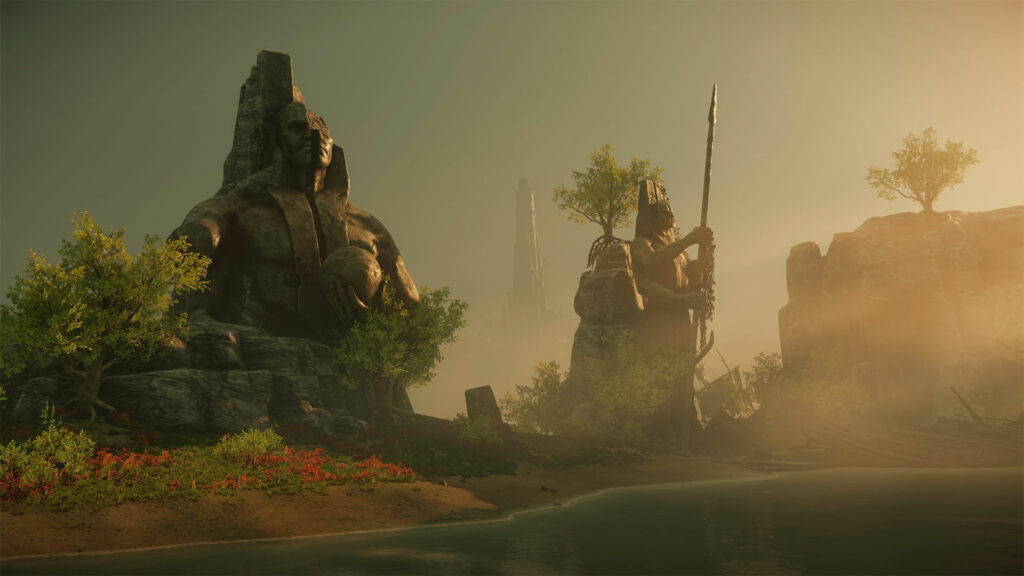
Every day, Big Stashes can drop from various gathering activities such as mining, logging, and harvesting. Each Stash can yield anywhere between 20 and 400 gold per pouch. It’s possible to accumulate up to 3 of these stashes daily.
Farming and Selling Rare Ingredients
This method is utilizing the Trading Post. The Trading Post in New World, is a central marketplace within settlements where players can buy and sell a variety of goods and items, shaping the in-game economy. It facilitates player-to-player interactions, allowing them to list items for sale, set prices, and purchase items they need, contributing to a dynamic environment where supply and demand dictate prices and trade dynamics, enhancing both individual progress and community collaboration.
This strategy is tailored to the distinct conditions of the economy on your specific server. Examine the Trading Post for openings in the market. It might encompass broad essentials such as Silver Ore, or extend to uniquely specific resources like Parsley.
These commodities will be exclusive to your gaming journey and the ongoing status of your server. Thus, make it a habit to check the trading post, identifying opportunities to bridge gaps in supply. I have found that various herbs are typically rarer and harder to acquire. Therefore, I always see them higher in value than other various ingredients.
Crafting Daily Legendary Materials
Now we are moving into late-game gold making tips. For this method to be effective you’ll need to grind and reach level 200 in both gathering and crafting skills. This lets you craft special daily legendary items such as Asmodeum and Runic Leather.
They go for a couple hundred gold a piece and these resources are absolutely essential for end game builds. If you have no interest in using these legendary resources for your own crafted gear I suggest not wasting the daily opportunity to make some extra money.
The prices of these items do indeed change over time. If the market doesn’t match the price you want, you might consider waiting for a better opportunity to sell. Keep in mind, though, that there’s no assurance that the price will rise significantly or continue to drop.
Day Trading
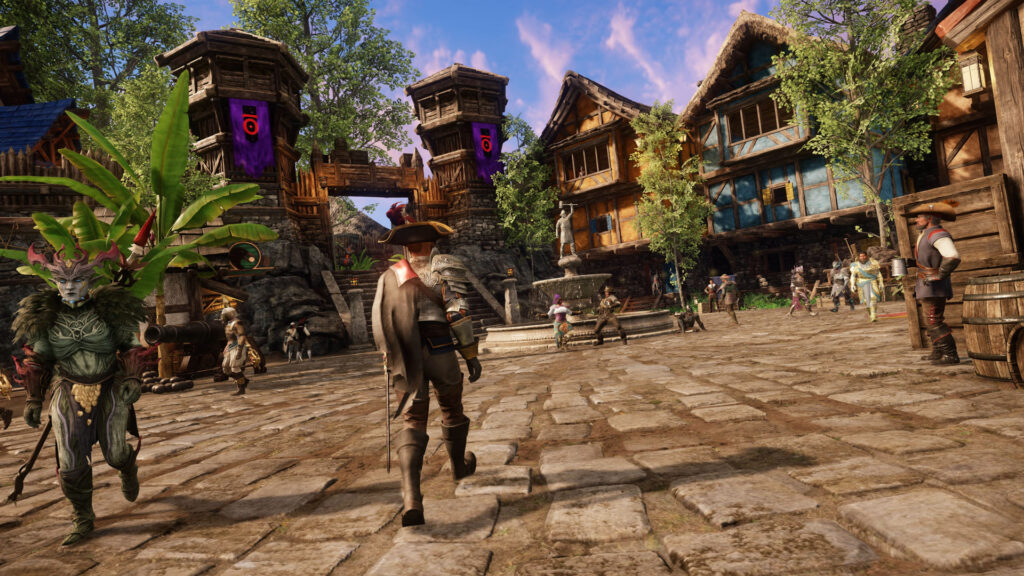
Engaging in another risky strategy involves capitalizing on low prices during the week. You purchase items at their lowest and then sell them during the weekend when their prices tend to rise. However, this approach carries substantial risk because accurately predicting market fluctuations is challenging. Moreover, if a large number of players adopt this strategy, you’ll find yourself amidst fierce competition to secure the best prices.
The most effective way to navigate this strategy is by staying informed about game updates and alterations outlined in the patch notes. By attentively following developer announcements, you gain an advantage. For instance, they might reveal a new craft-able item and its prerequisites. If you act swiftly, you could obtain the required materials at a lower cost from the store, await increased demand, and then capitalize on the price hike by selling at its peak.
Converting Umbral Shards to Gold
In my view, this strategy is particularly relevant for higher-level players who come across this article, although it also holds value as a helpful tip for new players in the long run. The approach involves fully upgrading a piece of gear to the Legendary tier (level 600) using Umbral Shards and then subsequently salvaging it. While you’ll recover a fraction of your shards (approximately 25%, though I can’t provide an exact figure), the more significant benefit lies in obtaining an Infused Fragment, which can be sold on the trading post for a substantial amount, usually a couple hundred gold a piece.
So, if you have an excess of Umbral Shards and find yourself in need of gold, you can easily implement this strategy: upgrade, salvage, and sell the Infused Fragment to gain some extra gold.

